
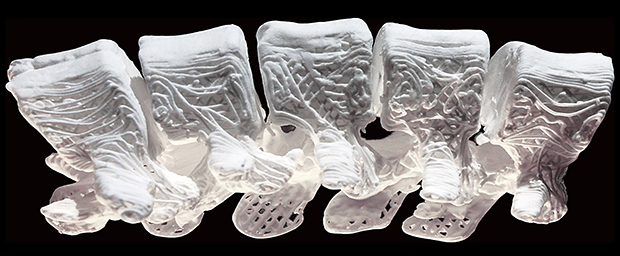
Although it may seem most have their sights set on 3D printing organs for transplant when it comes to bioprinting, other researchers are concerned with more immediate issues that indeed may come to fruition much faster, such as that of artificially created bones that work with human cells for successful integration.
Interestingly, the topic of bones tends to come up a lot in the 3D world. From studying the anatomy of ancient ancestors for historical purposes to working with animal bones in order to create 3D printed implants for humans, there are many examples of the miraculous work that can be performed through 3D technology, especially in the medical field.
Now, scientists at Northwestern University have made steady progress in 3D printing bone that will not only encourage regrowth in the body, but is highly advantageous in pediatric cases as the bone will grow with children throughout the years. This is due to a new material that has serious potential for transforming the process of bone grafting, and it has already passed through some rigorous—and very interesting—testing. With their findings outlined in an article recently published in Science Translational Medicine, the team explains that the synthetic bone they’ve created is made of a new material with more versatile properties—and one that is 3D printed at room temperature.
In ‘Hyperelastic ‘bone’: A highly versatile, growth factor–free, osteoregenerative, scalable, and surgically friendly biomaterial,’ the researchers state that their goal was to find a solution for some of the ‘severe deficiencies’ found in current biomaterials such as a lack of affordability, inadequacy in regenerating bone, and difficulty in actual use by medical professionals.
“To address these shortcomings, we generated a new, synthetic osteoregenerative biomaterial, hyperelastic ‘bone,’” stated the scientists in their paper.
Previously, brittleness has been an issue with 3D printed bone. With the hyperelastic bone, surgeons have more options, especially in trimming and customizing an implant without fear of it losing its integrity or completely falling apart. Thanks to a new bio-ink that relies on room temperature rather than varying degrees of heat, the researchers have made a new synthetic that has already been responsible for fusing the spines of rats and even repairing a skull defect in a monkey.
The research team closely examined what the failures have been in previous examples of fabricated bone materials, and they began working on a way to create a hyperelastic bone (HB) that could reverse the previous issues.

“The resulting 3D-printed HB exhibited elastic mechanical properties (~32 to 67% strain to failure, ~4 to 11 MPa elastic modulus), was highly absorbent (50% material porosity), supported cell viability and proliferation, and induced osteogenic differentiation of bone marrow–derived human mesenchymal stem cells cultured in vitro over 4 weeks without any osteo-inducing factors in the medium,” stated the researchers in their paper.
“We evaluated HB in vivo in a mouse subcutaneous implant model for material biocompatibility (7 and 35 days), in a rat posterolateral spinal fusion model for new bone formation (8 weeks), and in a large, non-human primate calvarial defect case study (4 weeks). HB did not elicit a negative immune response, became vascularized, quickly integrated with surrounding tissues, and rapidly ossified and supported new bone growth without the need for added biological factors.”
Using their bioactive hydroxyapatite, the team, led by Ramille Shah, principal investigator on the paper and biomaterials scientist at Northwestern University, then added polycaprolactone and three different solvents. This led to their success in 3D printing without relying on higher temperatures or lasers, and they were able to produce a bio-ink with much greater potential.
“It doesn’t dry out right away,” said Shah. “It’s a little wet which allows each layer to adhere to the previous one.”
The machine they used for their work is one that we’ve reported on before—and one that may soon be responsible for bioprinting human organs as well, as we saw when following research coming from UTSA, and the prediction that we’ll be seeing great progress in bioprinting coming very soon. The EnvisionTEC 3D-Bioplotter System is not one likely to become ubiquitous to every lab at a general cost of $250,000–$300,000, but it is meant for very special research—and that which very well could change the face of medicine and surgery, and perhaps one day help to eliminate those transplant waiting lists.
The researchers saw their 3D printed scaffolds working with great success in both the rat and monkey, as the implants integrated well with blood vessels moving into the fabricated materials rapidly. The biomaterials were not rejected in those cases, and there they expect that it will biodegrade as natural cells regrow. Despite these successes, Shah points out that research and experimentation within the human body is a bit of a different story. She sees clinical trials happening in the next five years, as they look toward approval from the FDA. Discuss further in the 3D Printed Bone forum over at 3DPB.com.
[Source: IEEE Spectrum]
https://youtu.be/5SUw8IJUHpM
If you're looking to request photorealistic CGI in the USA, our service offers an easy and efficient way to get stunning, lifelike renderings for your architectural and real estate projects. Through our platform, you can quickly request high-quality CGI images that accurately capture the essence of your designs. Whether it's for a residential or commercial property, our experts specialize in creating realistic 3D renderings that highlight every detail, bringing your vision to life with exceptional clarity and precision.
Through our website, requesting photorealistic CGI becomes a seamless experience. With our help, you can get highly detailed 3D visualizations that look just like photographs, providing a realistic representation of your project before it's even built. Our team ensures that every element, from textures to lighting, is meticulously rendered, giving you an impressive, lifelike result that will leave a lasting impact on your clients and stakeholders.
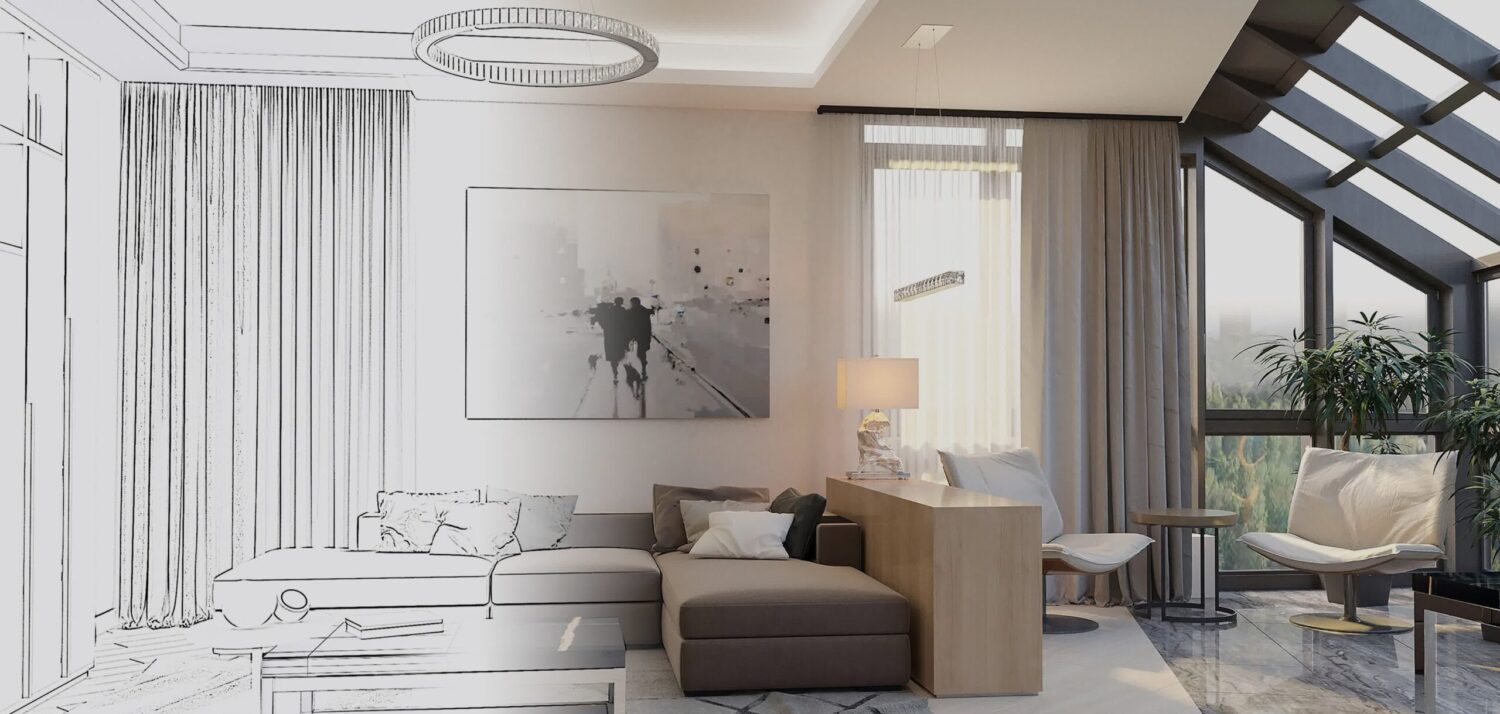

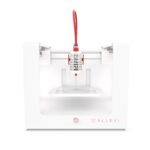

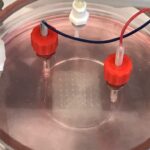
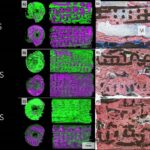
Leave a Reply
You must be logged in to post a comment.